- magyar
- english
- Русский
III. EOU Fledglings Meeting
Recommended birding hot spots in Hungary
Hungary offers quite promising options for birdwatchers, with the unique Pannon ecoregion that can be found only in the Carpathian Basin. Mixed-effects of continental, mediterranean, and subalpine climatic conditions lead to a very diverse range of landscapes and a rich avifauna with more than 410 registered species.
In the region August is the beginning of the autumn migration, when some of the species have already left their breeding sites and started their migration (e.g. bee-eaters, flycatchers) while others are gathering on good feeding grounds (e.g. storks, waterfowl, birds of prey). On the other hand, the first migrating birds from the North are arriving, such as jagers, waders, cranes, dotterels, etc...
You can be updated with the rarities found in Hungary from the following site: http://birding.hu/
Hortobágy National Park
Hortobágy National Park is the first national park in Hungary founded in 1973 and elected among the World Heritage sites in 1999. It is the most western part of the Eurasian Steppe, with its special landscape, cultural heritage, flora, and fauna. The national park is a mixture of fishponds, marshes, and grasslands. A real birding migration hot spot with more than 340 registered species. Hortobágy National Park is an important stopover site for migrating cranes, lesser white-fronted geese, red-breasted geese, and ferruginous ducks.
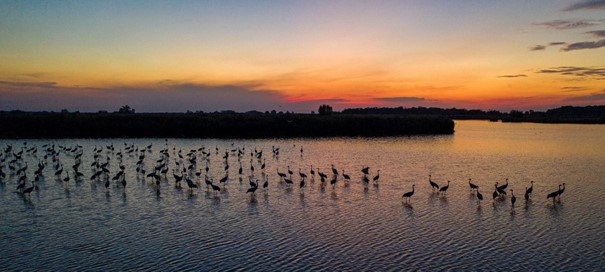
@Attila Szilágyi
Purchase of a daily ticket is needed to visit the National Park, which can be purchased in the visitors' centers in Hortobágy village or at the Great Fishponds. For a short-term visit, the Great Fishponds and their closest surroundings are recommended. Find more info about the Great Fishpond here: https://www.hnp.hu/en/szervezeti-egyseg/tourism/oldal/hortobagy-great-fishponds
Location
- Hortobágy „Great Fishponds”: 47.605506, 21.071547
- Visitor Centre of National Park: 47.582335, 21.151209
- Distance from Debrecen: 46 km, 42 min drive
It is also possible to visit by train, please find the info here: https://jegy.mav.hu/
Find more about the Hortobágy National Park here:
https://www.hnp.hu/en/szervezeti-egyseg/tourism
Highlights
Pygmy cormorant, Squacco heron, Spoonbill, Glossy ibis, Ferruginous duck, Red-crested pochard, rare waders (e.g. Marsh sandpiper, Dotterel, Broad-billed sandpiper, Snipes), Black stork, Whiskered tern, Marsh terns, Little crake, Spotted crake, Stone curlew, Black-winged stilt, White-tailed eagle, Long-legged Buzzard, Short-toed eagle, Eastern Imperial Eagle, Lesser spotted eagle, Pallid harrier, Red–footed Falcon, Saker Falcon, Barn owl, Little owl, Great Bustard, Bluethroat, Bearded tit, Hoopoe, Roller, Bee-eater, etc…
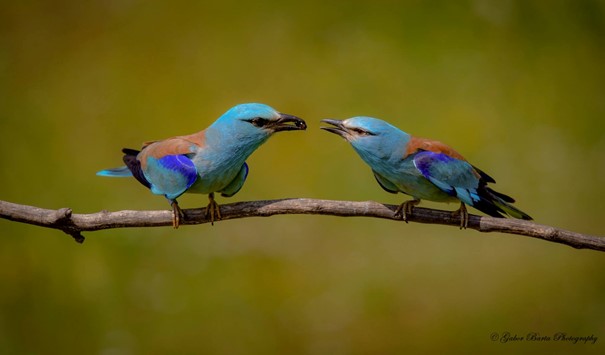
@Gábor Barta
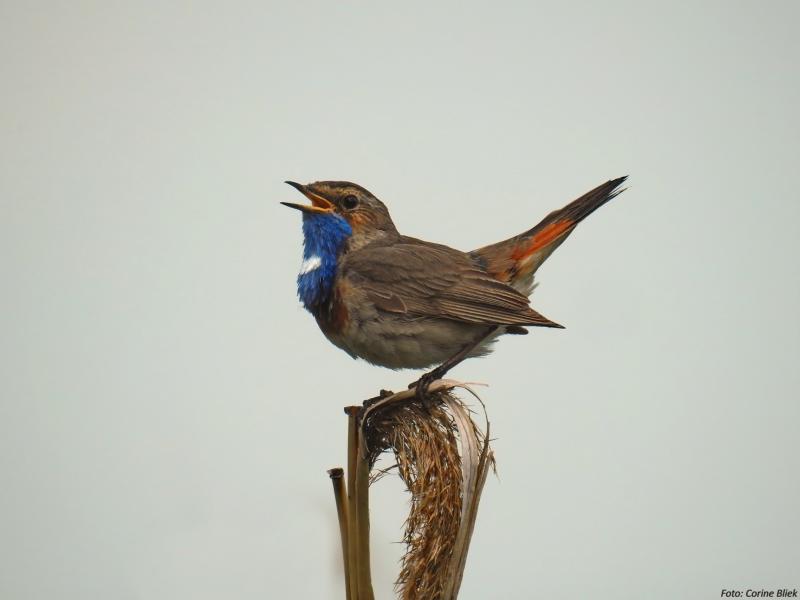
@Corine Bliek
Apaj puszta
Apaj puszta can be found in the Northern part of the Kiskunság National Park in the close vicinity of Budapest. The landscape consists of open plains with sandy soils, salt marshes, soda lakes, fishponds, and borrowing-pit lakes and groves. The whole area gathers a great diversity of birds, besides Hortobágy it is one of the best birding sites in Hungary. A very good place to spot great bustard.
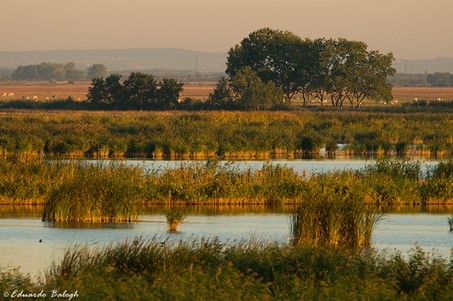
@Eduardo Balogh
Location
- 47.140387, 19.114068 (the middle of the area)
- Distance from Debrecen: 236 km, 3 hours drive
- Distance from Budapest: 58 km, 1 hour drive.
It is also possible to visit by train, please find the info here: https://jegy.mav.hu/
Find more about the Kiskunság National Park here: https://www.knp.hu/en/
Highlights
Golden Oriole, Roller, Bee-eater, Hoopoe, Tawny Pipit, Lesser Grey Shrike, Montague's Harrier, Scops Owl, Little Owl, Nightjar, Kentish plover, Avocet, Black-winged stilt, Collared pratincole, Marsh terns, Black-necked grebe, Lesser-spotted and Syrian Woodpeckers, Spoonbill, Shelduck, Short-toed eagle, White-tailed eagle, Eastern Imperial Eagle, Red-footed Falcon, Saker Falcon, Great Bustard, etc.
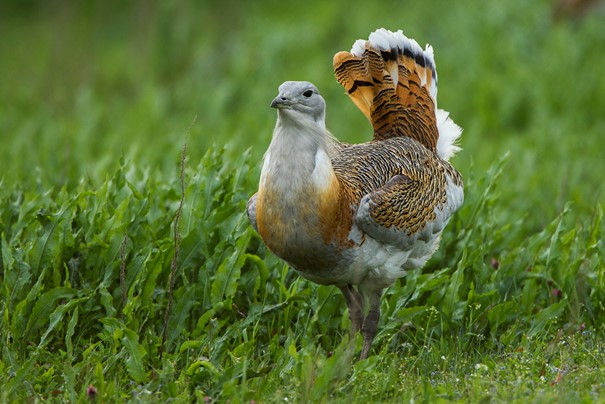
Berettyóújfalu (Andaháza)
Shallow lakes grazed by water buffalos. Relatively small water body, which attracts a huge number of waders, gulls, terns, and other waterfowls, raptors, and typical birds of the Hungarian puszta. Especially in the case of drought, when there is no other significant water surface in the area. There is a small colony of Red-footed falcons near the lookout tower.
Location
- 47.272921, 21.421111
- Distance from Debrecen: 52 km, 40 min drive
Highlights
Caspian tern, Shelduck, Avocet, Black-winged stilt, Gulls, Waders (e.g. Turnstone, Red knot, Curlew sandpiper), Syrian woodpecker, Red-footed falcon, Spoonbill, Little owl, etc…
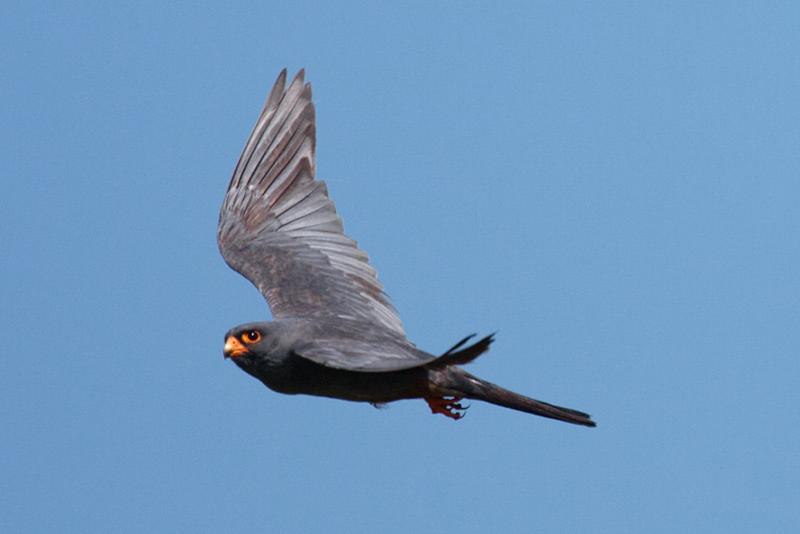
@Radovan Václav
Bükk National Park
The deciduous forests of north-eastern Hungary are excellent sites for owls, woodpeckers, many songbirds, and some birds of prey. Bükk hills line up dense forests colored with meadows and different karst forms such as sinkholes and caverns. The upland region gives us a very good chance to spot a Ural owl in the early evening hours.
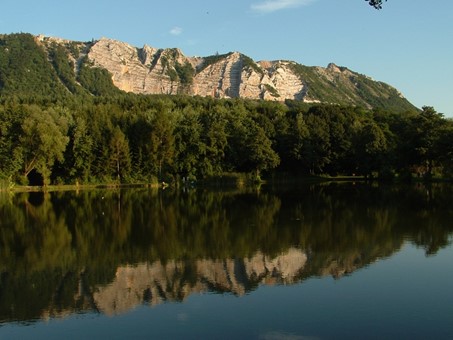
Location:
- Bánkút area: 48.097930, 20.481015
- Hór Valley: 48.026578, 20.541775
- Distance from Debrecen: 146 km, 2 hours drive
Find more about the Bükk National Park here: http://en.bnpi.hu/
Highlights
Ural Owl, Tawny Owl, Eagle Owl, Short-toed eagle, Honey buzzard, Lesser spotted eagle, Black, White-backed, Grey-headed, Middle spotted and Syrian woodpeckers, Collared flycatcher, Rock bunting, etc…
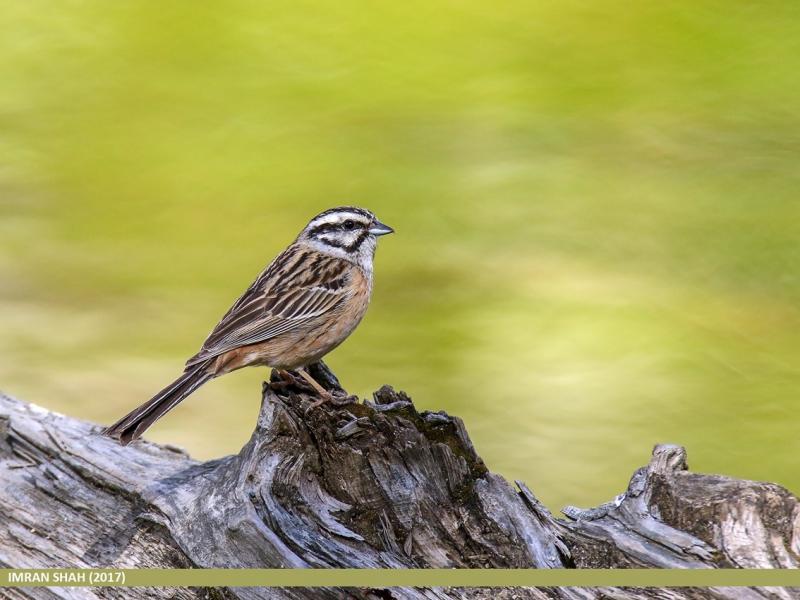
@Imran Shah
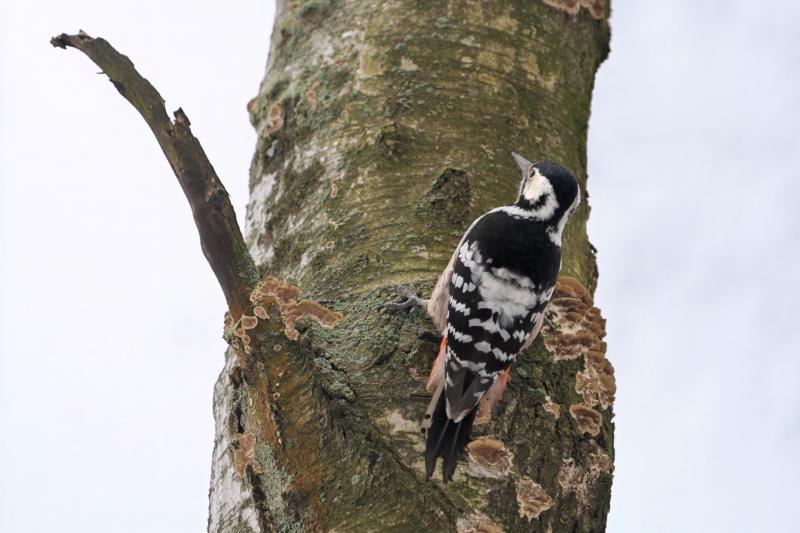
@Andrey Gulivanov


